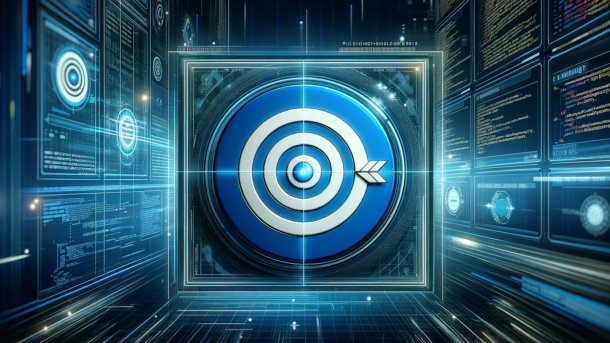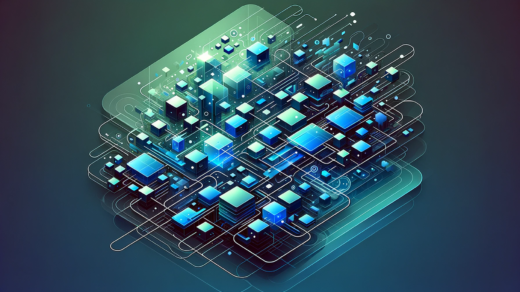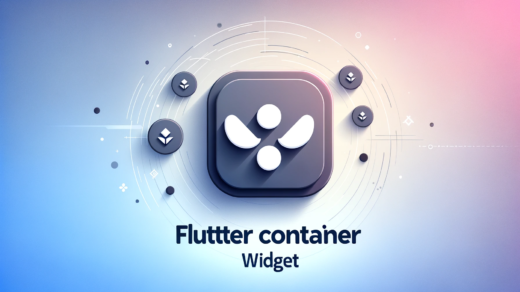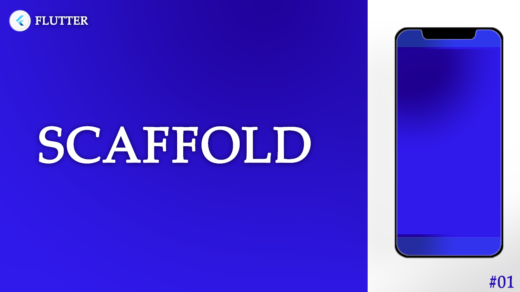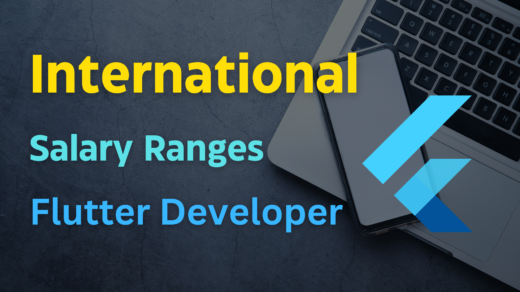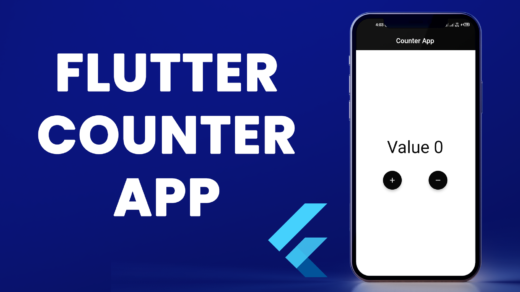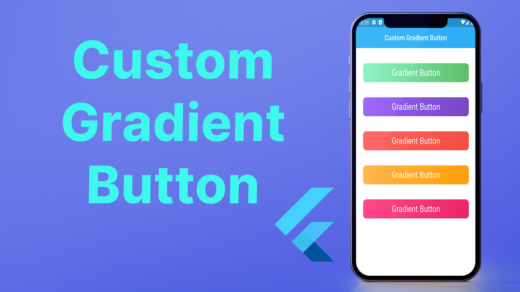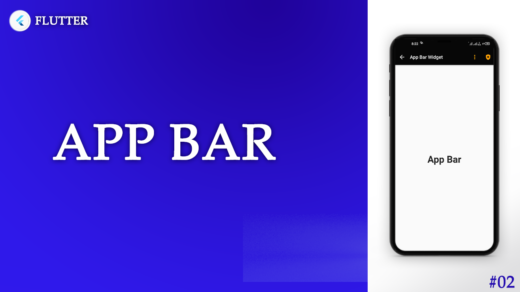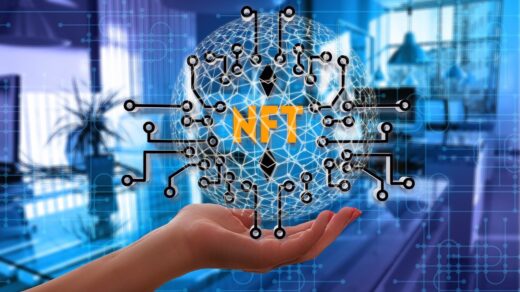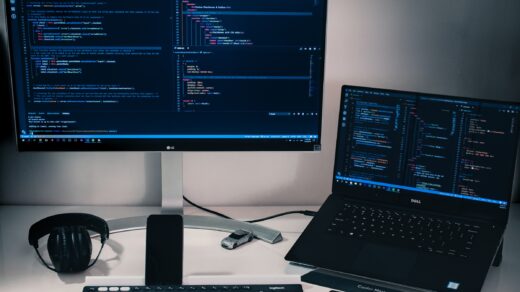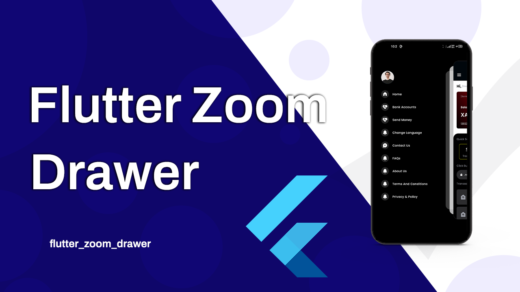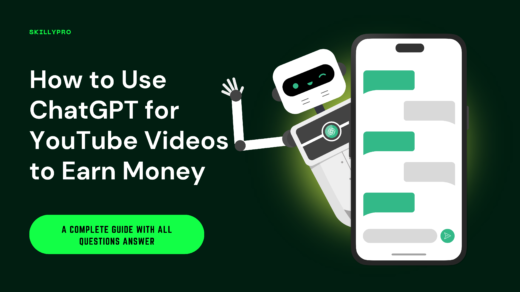Dart Programming Language: Today we are starting a complete series to understand the basics and advanced topics of Dart Programming Language. We will look at all the topics of dart programming language for the beginner to understand all the topics of dart language. Like what is dart why we use it and which type of applications we can develop using the dart programming language.
- Introduction to the Dart Programming Language:
- What is Dart Programming Language Used for:
- Why Should You Learn the Dart Programming Language:
- Features of the Dart Programming Language:
- Advantages of Dart Programming Language:
- Disadvantages of Dart Programming Language:
- Example of Dart Programming Language
- How to Learn the Dart Programming Language?
- Is Dart Use for Frontend or Backend?
- What is Dart Best For?
- Dart vs JavaScript
- Dart vs Python
Introduction to the Dart Programming Language:
The Dart Programming language is a type of language that we use to develop mobile, web, and desktop mobile applications. Even now dart is widely used in game development with Flame framework. This programming language is developed by Google. It’s particularly renowned for its pivotal role in Flutter, Google’s UI toolkit for crafting natively compiled applications for mobile, web, and desktop from a single codebase.
Dart Programming language syntax is clear and concise, making it accessible for programmers with a background in other object-oriented languages like C++, C, or Java. It offers a robust type system, both sound static typing and dynamic types, facilitating high performance and safety.
Dart excels in creating smooth, high-fidelity user experiences, thanks to its ahead-of-time (AOT) compilation for fast startup and just-in-time (JIT) compilation for a hot-reload development cycle.
Dart Programming language has a comprehensive standard library, coupled with its efficient memory management and rich ecosystem of packages, making it a compelling choice for modern, scalable application development.
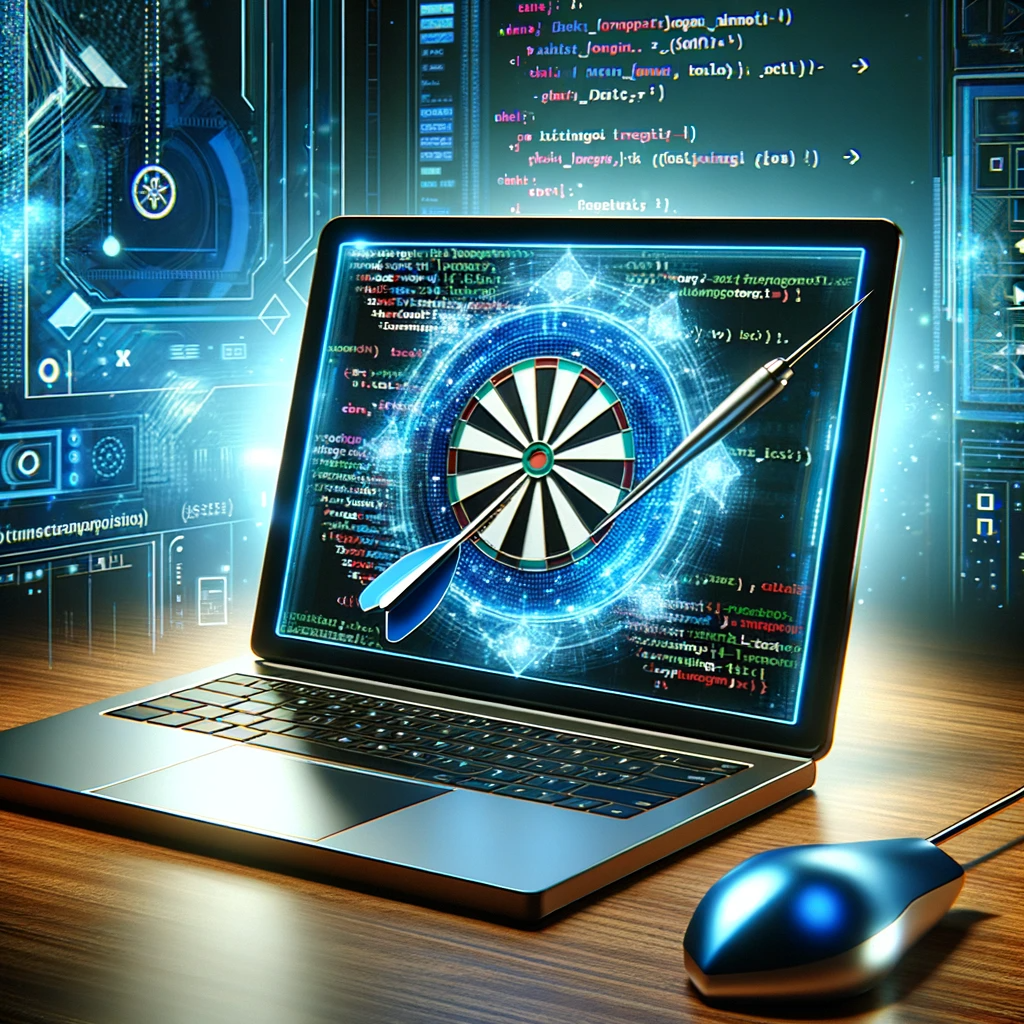
What is Dart Programming Language Used for:
The Dart programming language, a modern and versatile creation by Google, is engineered for a wide array of applications, from web and server-side development to mobile app creation. As Dart programming language provides the feature of hot reload we can see the changes instantly by doing hot reload ( CTRL + S / CTRL + ALT + \ ). Due to this reason, dart is a top choice for developers aiming to build scalable, maintainable, and high-performing applications in 2024.
Why Should You Learn the Dart Programming Language:
In the ever-evolving world of programming, Dart emerges as a language you can’t afford to overlook in 2024. Developed by Google, Dart is a game-changer, especially for aspiring and seasoned developers alike. It’s the driving force behind Flutter, Google’s acclaimed UI toolkit, making it essential for cross-platform app development.
Dart’s easy-to-learn syntax is a breath of fresh air for those familiar with object-oriented languages, smoothing the learning curve. Its performance is unmatched, thanks to the sound static typing system, ensuring code safety and speed. Dart’s versatility extends beyond mobile apps; it’s equally potent in web and server-side development.
Features of the Dart Programming Language:
Discover Dart, the innovative and scalable language designed for building web, server, and mobile applications. Developed by Google, Dart is gaining momentum in the tech world. Here’s why:
1) Optimized Performance:
Dart’s ahead-of-time (AOT) compilation ensures blazing-fast execution, crucial for smooth mobile performance.
2) Flexible Syntax:
Dart’s syntax is clear and concise, making it an accessible choice for developers from any background.
3) Robust Ecosystem:
With a flourishing ecosystem, Dart offers extensive libraries and tools, including the popular Flutter framework for UI development.
4) Strong Typing System:
Dart’s sound typing system enhances code quality and robustness, reducing errors and improving maintenance.
5) Server-Side Support:
Dart isn’t just for client-side; it’s efficient for server-side solutions too.
6) Hot Reload Feature:
A game-changer in UI development, Dart’s hot reload feature in Flutter dramatically speeds up the development process.
Advantages of Dart Programming Language:
In the ever-evolving landscape of programming languages, Dart has emerged as a rising star. But what exactly is making developers flock to this versatile language? Let’s delve into the top advantages of Dart that are fueling its meteoric rise.
- Effortless to Learn, Powerful to Wield:
Dart Programming Language is a very powerful and easy-to-learn programming language. Because its syntax is like the C++, C#, and Java programming languages.
So the developers that are already working on these languages or if they have a little bit of knowledge about these languages can easily understand the Dart language as well.
- Build Apps at Warp Speed:
Dart shines in its efficient execution. It utilizes both Ahead-of-Time (AOT) and Just-in-Time (JIT) compilation, resulting in lightning-fast native code for unmatched performance.
- Seamless Flutter Integration:
Dart is the backbone of Flutter, Google’s UI toolkit, enabling the creation of visually appealing, natively compiled applications for mobile, web, and desktop from a single codebase.
- Developer-Friendly Syntax:
Dart’s syntax is intuitive and familiar, especially for Java, C++, or C# developers, making the transition smoother and coding more efficient.
- Strongly Typed Language:
Dart’s sound type system ensures more predictable, error-free code, a significant advantage for large-scale applications.
- Rich Standard Library:
Dart comes with a comprehensive standard library, streamlining development and reducing the need for external packages.
Disadvantages of Dart Programming Language:
While Dart, developed by Google, is favored for creating versatile applications, it’s important to consider its limitations. Here’s a breakdown:
- Limited Community Support
Unlike established languages like JavaScript, Dart’s developer community is relatively small, which can impact resource availability and peer support.
- Learning Curve
For developers not familiar with C-style languages, Dart’s learning curve can be steep, affecting adoption rates.
- Limited Use Outside Flutter
Dart’s popularity largely hinges on Flutter. Its use outside this framework, especially for server-side or standalone applications, is not widespread.
- Tooling and Integration
art’s tooling, though improving, still lags behind more mature languages, and integration with certain platforms and tools can be challenging.
Example of Dart Programming Language
Here are some examples of dart programming language and its syntax you can understand:
/// Hello World Program example
void main() {
print('Hello, world!'); // Output: Hello, world!
}void main(): This is the main function, where the program execution begins.print('Hello, world!'): This line prints the message “Hello, world!” to the console.
/// VARIABLES AND DATATYPES
int age = 30;
String name = 'John Doe';
bool isAdult = true;
double pi = 3.14159;- Dart supports various data types, including integers (
int), strings (String), booleans (bool), and doubles (double). - Variables are declared using the
varkeyword, followed by the variable name and an optional initial value.
How to Learn the Dart Programming Language?
Learning the Dart programming language involves several steps and resources. Here’s a structured approach to help you get started:
Understand the Basics:
Start with the basics of Dart. Learn about its syntax, data types, control flow statements (like loops and conditionals), and basic data structures (like lists and maps).
Online Tutorials and Courses:
Utilize free online resources. Websites like Dart’s official website, Codecademy, and Udemy offer tutorials and courses for beginners.
YouTube also has many tutorial series that can be very helpful.
Practice Coding:
Hands-on practice is crucial. Start writing simple programs in Dart. Online platforms like DartPad allow you to write and run Dart code in a web browser.
Read Books and Documentation:
Read books on Dart programming. Books often provide a comprehensive view of the language.
Go through the official Dart documentation for in-depth understanding.
Build Projects:
Apply your knowledge by building small projects. This could be anything from simple command-line applications to more complex projects using Flutter (for mobile or web app development).
Join the Dart Community:
Engage with the Dart community. Platforms like Stack Overflow, Reddit, and Dart community forums are great for solving doubts and learning from experienced developers.
Keep Updated:
Dart is evolving, so keep yourself updated with the latest changes and enhancements in the language.
Remember, consistent practice and real-world application of your skills are key to mastering any programming language, including Dart.
Is Dart Use for Frontend or Backend?
Dart can be used for both frontend and backend development. The front end is primarily used with the Flutter framework to create UI for mobile and web applications.
On the backend, Dart can be used to develop server-side applications, though it’s less common compared to its use in front-end development with Flutter.
What is Dart Best For?
Dart is best known for developing high-quality, natively compiled front-end user interfaces for mobile, web, and desktop applications, especially through the Flutter framework.
It offers excellent performance, a reactive framework, and a single codebase for multiple platforms, making it a popular choice for cross-platform app development.
Dart vs JavaScript
Dart and JavaScript are both programming languages used for web development, but they have distinct differences:
| Feature | Dart | JavaScript |
|---|---|---|
| Primary Use | Mainly used with Flutter for mobile and web app development | Universal language for web development, both client-side and server-side with Node.js |
| Performance | Compiles to native code, offering potentially better performance for mobile apps | Dynamic typing; relies on a vast ecosystem of features |
| Syntax & Features | Syntax similar to C; strong typing; rich standard library | A universal language for web development, both client-side and server-side with Node.js |
| Community & Ecosystem | Smaller community mainly focused on Flutter | Interpreted language, is versatile but can be less performant in complex applications |
| Cross-Platform Compatibility | Strong support for cross-platform app development | Used for web development; cross-platform capabilities with additional frameworks |
Dart vs Python
Dart and Python are both programming languages, but they serve different purposes and have distinct characteristics:
| Feature | Dart | Python |
|---|---|---|
| Primary Use | Primarily used with Flutter for frontend development in mobile and web apps | Versatile language for backend development, data science, machine learning, and scripting |
| Performance | Optimized for performance with ahead-of-time (AOT) compilation, especially in client-side applications | Generally slower due to its interpreted nature, but highly flexible and easy to use |
| Syntax & Learning Curve | Syntax similar to C and Java; a steeper learning curve for those unfamiliar with these languages | Known for its readability and simplicity; often recommended for beginners |
| Community & Ecosystem | Growing community mainly focused on Flutter and app development | Vast and mature ecosystem, especially strong in data science and machine learning |
Read More:
Flutter Interactivity with GestureDetector Widget
Mastering User Interaction in Flutter: The InkWell Widget
Mastering the Flutter AppBar: Enhancing User Navigation
ListTile Widget: A Deep Dive into Flutter ListTile Widget
Flutter: A Deep Dive into the Container Widget with Examples

